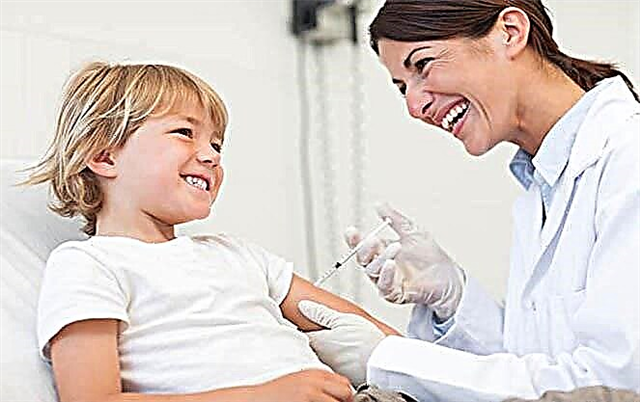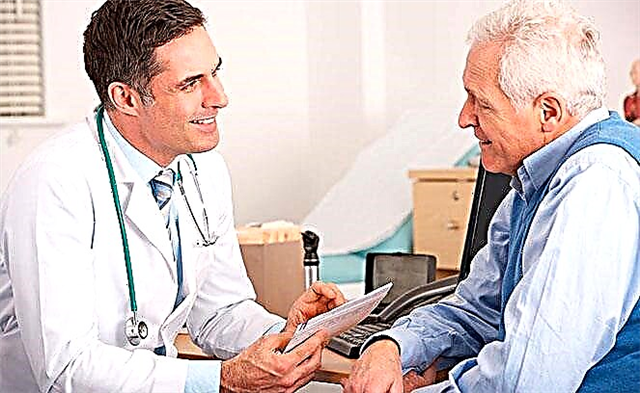The choice in favor of German clinics is always a choice in favor of advanced technologies, comfort and services of professionals with world-class qualifications. It is not surprising that many patients choose treatment in Germany for prostatitis, adenoma and even prostate cancer. In the overwhelming majority of cases, positive dynamics or complete recovery await them.
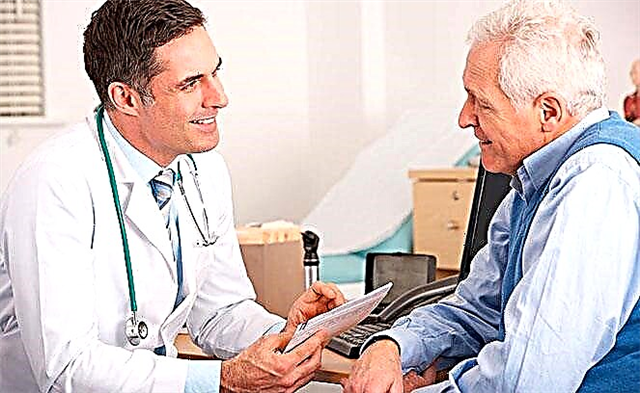
Features of the provision of medical services in Germany
The main conditions for the provision of medical care to a foreign citizen in Germany are the availability of a valid visa and insurance.
The advantages of medical care in the country include:
- loyalty to the visits of the patient's relatives;
- high degree of disinfection and frequent cleaning of premises;
- the presence of a TV, Internet and telephone in the wards;
- high quality food;
- the possibility of drawing up an individual menu.
A very limited set of medicines can be bought without a prescription in Germany. Recipes are divided into several categories, some of which involve additional fees.
You can learn more about the provision of medical services in Germany in the article: "Medicine in Germany".
List and short description of prostate diseases
The list of prostate diseases is wide enough and includes the following types.
| Name | Characteristic |
|---|---|
| Prostatitis | Various kinds of inflammatory lesions of the prostate gland. It is characterized by frequent and painful urination, loss of erectile function (sluggish or complete absence of an erection, with its gradual complete loss as the disease progresses). |
| BPH | The presence of a benign tumor formed from the glandular epithelium or the stroma of the prostate. Its symptoms are retention of primary urination and frequent urge, intermittent or sluggish urine flow. |
| Prostate cancer / sarcoma | Malignant tumor. Sarcoma is a tumor in muscle tissue. Symptoms of the presence of a tumor are incontinence, pain in the pubic region, and constipation. |
| Sclerosis of the prostate | The process of replacing healthy tissues with scar tissue, as a result of which the organ shrinks. |
| Stones in the prostate | The presence of dense particles of organic and inorganic origin in the acini and tubules. |
| Tuberculosis | Defeat of organ tissues with Koch's stick. |
| Empyema of seminal vesicles, vesiculitis. Abscesses. | Purulent inflammation of the seminal vesicles and other parts of the organ. |
Methods for the diagnosis and treatment of prostate adenoma and prostatitis in Germany
Modern German clinics use the full range of diagnostics of prostatitis and prostate adenoma in their work.
- Urological examination. Its implementation involves a preliminary survey of the patient, which helps to determine the prerequisites and nature of the disease. In some cases, special medical questionnaires are used for this, on the basis of which chronic prostatitis and its other forms are subsequently treated.
- Rectal examination of the prostate gland. Allows you to detect stones, scars and nodes on the prostate gland.
- Lab tests. Not only the analysis of blood and urine, but also the secretion of the prostate / urethra for their bacteriological and microscopic composition. In the presence of the disease, a blood test will show an increased content of white blood cells and a rapid settling of red blood cells. The concentration of PSA (prostate specific antigen) helps diagnose the presence of prostate adenoma. The patient's urine is subjected not only to general, but also to cytological and bacteriological analysis. During the study of the secret of the prostate, the presence of pathological inclusions in it is determined. The concentration of leukocytes and the presence of pathogenic flora is what attention is paid to when analyzing the secretion of the urethra.
- Ultrasound and TRUS. One of the most informative methods for diagnosing prostate diseases. The difference between TRUS is that this procedure is performed transrectally. Thanks to this, it is possible to obtain the most complete image of the organ and diagnose a disease such as prostate adenoma.
- Urodynamic research (uroflowmetry). Allows you to measure urine flow and urination rate using electronic devices.
- Urethrocystoscopy. A method by which it is possible to notice urethral strictures and other abnormalities. The cystoscope is inserted under anesthesia. With the help of it, not only are they studied, but also taken for examination of the tissue.
- Neurological examination. Includes an assessment of the state of the central and peripheral nervous system.
Any treatment for prostatitis or BPH should be comprehensive. Currently, the arsenal of German doctors includes the following methods:
- a medication course, in which drugs are prescribed for the treatment of prostatitis, helps relieve pain and stop inflammatory processes, bring hormonal levels back to normal;
- massage of the prostate gland, which helps to improve blood flow in the gland and eliminate the often occurring congestion;
- physiotherapy;
- physiotherapy for men, namely ozone therapy, vacuum and laser treatment, radiofrequency thermal treatments, electrical stimulation;
- cryodestruction (freezing adenoma cells with a cryoprobe, during which they die);
- stenting - the introduction of a mesh cylinder into the ureter to improve urinary patency;
- thermotherapy;
- removal of the prostate / tumor.
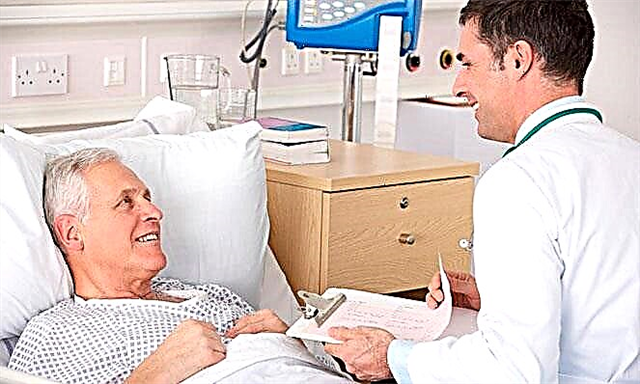
Diagnostics and treatment of prostate cancer
Early diagnosis of prostate cancer helps to provide the patient with assistance as quickly as possible. And here an integrated approach is important, during which the following methods of collecting information and making a diagnosis are used:
- Initial inspection.
- Transrectal digital examination.
- Ultrasound procedure.
- Patient blood test for PSA.
- Biopsy.
One of the main methods for diagnosing prostate cancer is a biopsy, or histological examination.
Sampling of affected tissues is performed using a pistol equipped with a needle under ultrasound control. A minimum of 12 samples are required to get a complete picture of the patient's condition. After that, their morphological study is carried out for the presence and nature of pathogenic cells.
After a diagnosis has been made, the following methods are actively used by German doctors to treat a disease such as prostate cancer:
- Prostatectomy. Manual surgical removal of the prostate (as opposed to operations on the da Vinci robot), carried out in the absence of contraindications. It is carried out using laparoscopy, provided that the mass of the gland is not more than 100 g.
- Da Vinci robot. Laser removal of the prostate with a specially designed robot. The operation allows you to create a three-dimensional image of the operated area, which significantly increases the accuracy of the manipulations. This technique is rightfully considered the pride of German clinics.
- Radiation therapy. It is used mainly in the early stages of the disease. Radioactive seeds are introduced into the affected organ, causing the death of pathogenic cells.
- HIFU therapy. Exposure to the prostate with sound vibrations, leading to an increase in temperature and death of pathogenic cells.
- Cryosurgery. This is surgery using special equipment to freeze and thaw the affected tissue. It leads to metabolic disorders and death of tumor cells.
- Hormone therapy.A kind of drug treatment, during which hormones are used that are close to human hormones.
- Chemotherapy. Includes taking pills and intravenous infusions. In this case, cytostatic substances are used that purposefully affect cancer cells and destroy them. Often, drugs are administered through the vessels directly feeding the affected organ.
- Focal therapy. The method, the essence of which is the use of a special substance and a laser to activate it, allowing to stop the blood supply to the tumor and thereby achieve the death of pathogenic cells.
What to look for when choosing a clinic in Germany
Choosing a clinic and an attending physician is one of the most difficult tasks. Experts advise adhering to the following rules:
- pay attention to the rating and reputation of the clinic / doctors, be sure to read the reviews;
- give preference to specialized clinics, but not oriented at the same time to use only one method of treatment;
- Choose a physician with experience with a wide variety of techniques and equipment so that he can choose the truly best therapy option for you.
Currently, the following medical institutions enjoy the greatest authority:
- Clinical Center of Professor Truss (Dortmund);
- Clinic "Isar" (Munich);
- University Hospital (Mainz);
- Professor Miller's Charite Clinic (Berlin);
- University Center of Oncology (Dresden);
- Professor Planz's Prostate Cancer Center (Gladbeck);
- Day Oncology and Cardiology Clinic. prof. Herrmann (Munich);
- University Hospital (Aachen).
Each of these clinics will provide you with not only the highest level of medical care, but also a truly comfortable stay.
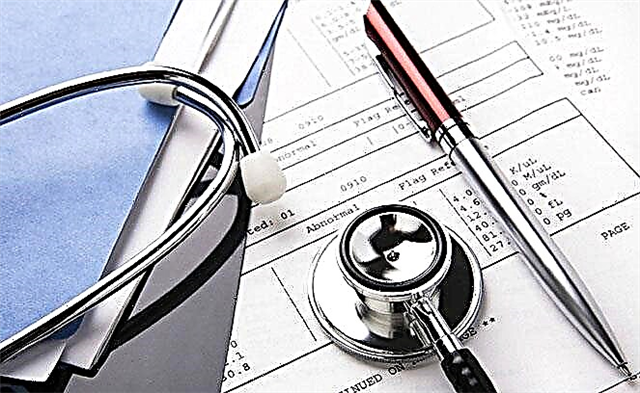
Expenses for diagnosis and treatment of prostate diseases in Germany
When planning travel expenses, one should consider not only the cost of the operation or therapy itself, but also the cost of diagnostic procedures, as well as visa and tickets.
| Approximate prices for the treatment of prostate diseases in Germany | |
|---|---|
| Procedure name | Average price by country |
| Radiation therapy | 3 000 € |
| Surgical removal (brachytherapy) | 9 000 € |
| HIFU | 8 500 € |
| Prostatectomy (laparoscopy) | 8 000 € |
| Da vinci robot | about 12 500 € |
| Comprehensive diagnostics | € 500 - € 4,500 depending on the set of procedures |
What it takes to become a patient at a clinic in Germany
Traveling abroad for medical treatment will require a visa. In this case, an invitation from a foreign clinic becomes the basis for issuing a visa. It is drawn up after a personal visit to the clinic or through an intermediary firm that is in direct contact with patients outside Germany.
To apply for a visa, in addition to the invitation, the following documents should be prepared:
- valid international passport;
- a completed application form in duplicate;
- copy of the national identity card (passport);
- two photos of the established sample;
- health insurance policy;
- a receipt for prepayment of medical expenses;
- certificate from work or certificate of registration of a private entrepreneur (for students, a certificate from the place of study) / bank statement confirming financial security;
- certificate of ownership of real estate in the territory of the native state;
- a copy of the birth certificate, parental consent to travel and a copy of the parent's current Schengen visa for minors.
Read more about the collection and preparation of documents in the article: "Visa for treatment in Germany."
Rehabilitation opportunities of clinics and sanatoriums in Germany
Patient rehabilitation is an equally important part of treatment. In this case, you can undergo rehabilitation in the same clinic where the treatment was carried out, choose a specialized rehabilitation clinic or undergo a course of rehabilitation procedures in a sanatorium.
Reputable rehabilitation clinics for cancer patients in Germany include: Bad Trissl, the specialized urological rehabilitation center Bad Fildungen, the Reinhardshausen Clinic in Bad Wildungen-Rheingardshausen and others.
The main principles of rehabilitation are:
- psychological assistance to patients;
- comprehensive monitoring of health status;
- active use of physiotherapy, massage, visits to the pool and therapeutic exercises;
- organization of leisure time for patients.
In addition, sanatoriums and resorts in Germany can offer methods of restoring prostate function, provided it is preserved.
Finally
The fastest possible visit to doctors is the key to successful treatment of diseases such as prostatitis, adenoma and prostate cancer. German clinics allow for a complete diagnosis of a patient and start treatment in a few days. They have a number of unique technologies in their arsenal for this.
The trip requires careful preparation, with which intermediary firms can help. German clinics work not only with adults, but also in such a direction as pediatric urology.



